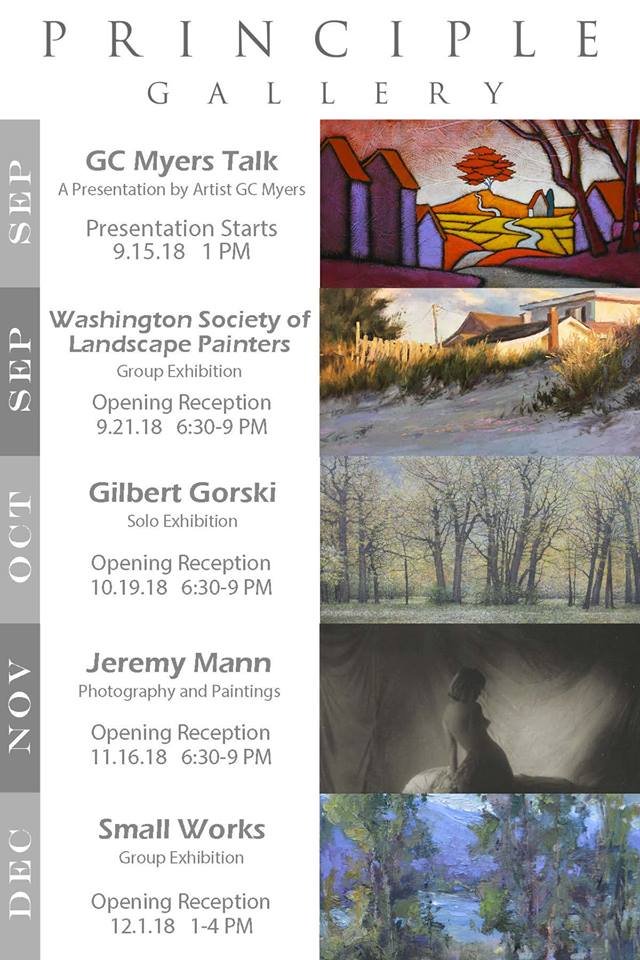
Labor Day weekend has arrived and we’re sure you’re wondering how you’re going to spend your 3 glorious days off!
Here’s an idea! There’s an art museum filled with wonders residing just steps away from the White House. This institution known as The Renwick Gallery has the words “Dedicated to Art” carved above the main entrance and has maintained that mantra since its official opening in 1972. Currently the Renwick is featuring a remarkable exhibition called, No Spectators: The Art of Burning Man, which encompasses the entire museum.
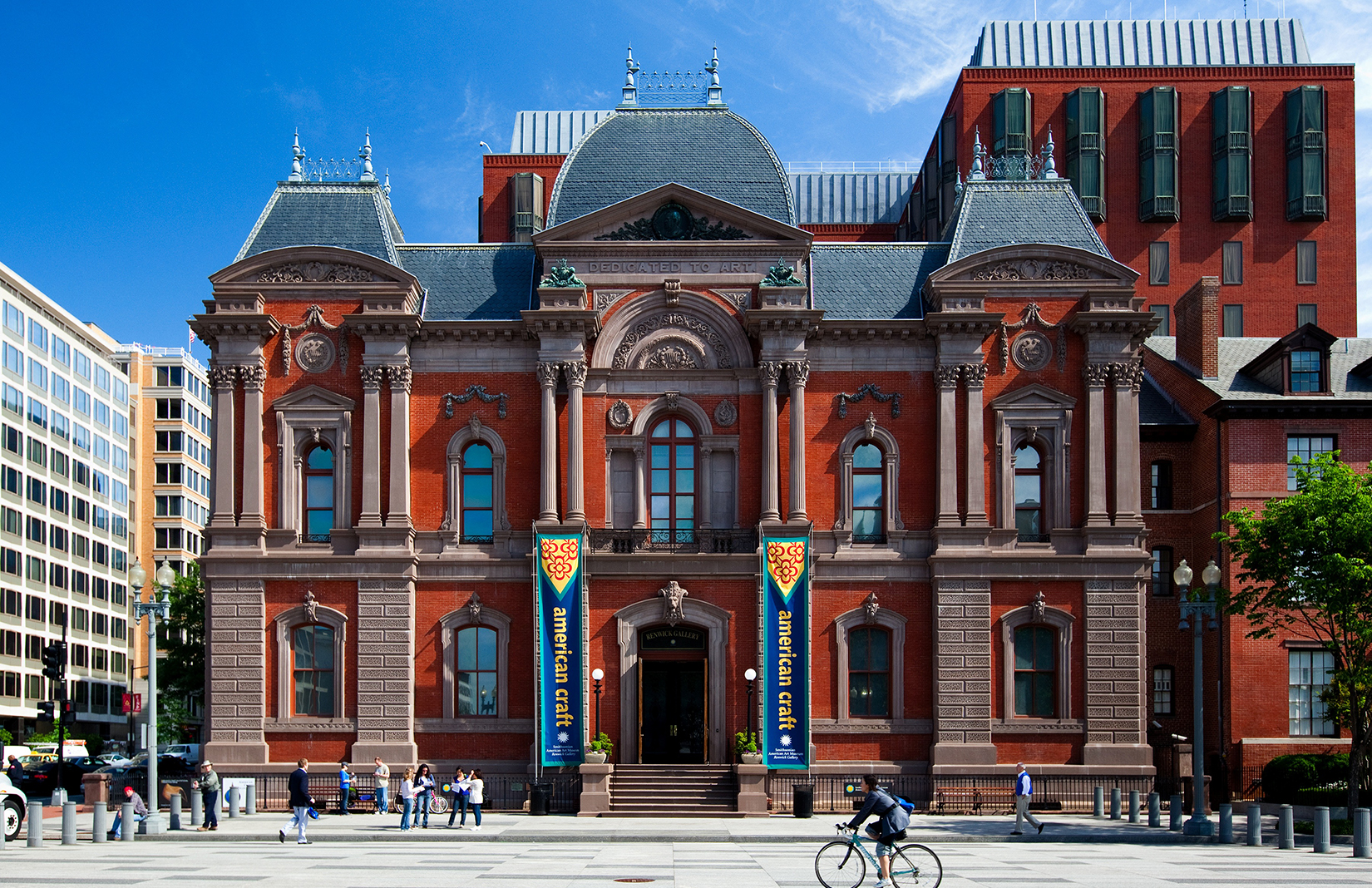
view of the main entrance of The Renwick Gallery, photo courtesy of Google Images
Today’s blog will give you a brief look inside the exhibition, No Spectators, some background information on the Renwick’s rich history, and the take everyone on a trip to Nevada’s Black Rock City, the home of Burning Man. Everybody ready? Let the tour begin!
The History:
The Renwick Gallery is an extension of the Smithsonian and it’s the location of the Smithsonian American Art Museum’s (SAAM) program of contemporary craft as well as decorative arts. The Renwick is a National Historic Landmark because it was the first building in the U.S. constructed with the sole intent to be a public art museum.
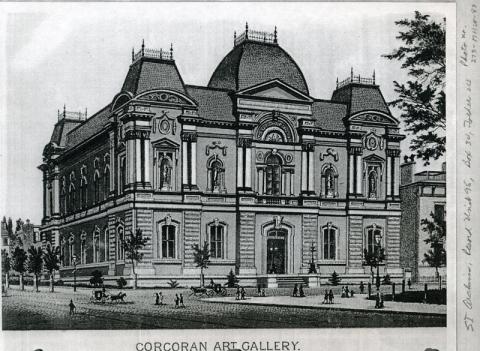
Renwick building, 1884, photo courtesy of SAAM website
It was meant to showcase the art collection of 19th century Washington native, philanthropist, banker, and avid art collector, Mr. William Wilson Corcoran. Mr. Corcoran felt recognizing the artwork of American artists and sharing them with the public would “encourage American genius.” The name Renwick Gallery originates from the architect Corcoran hired, Mr. James Renwick Jr. In 1858, Corcoran hired Renwick because he was familiar with Renwick’s design of the Smithsonian’s Castle.

The Smithsonian Castle, 1847-1855, photo courtesy of Google Images
The design of the Renwick was inspired by the opening of the Louvre and the style of the Renwick building is called Second Empire architecture, which at the time was highly popular in France. The construction of the Renwick began in 1859 and went until 1873. The museum ran into numerous obstacles, which delayed opening for years. Once it was completed in 1874 it was referred to as “The American Louvre” and played a major role in proving Washington D.C. to be cultural territory.
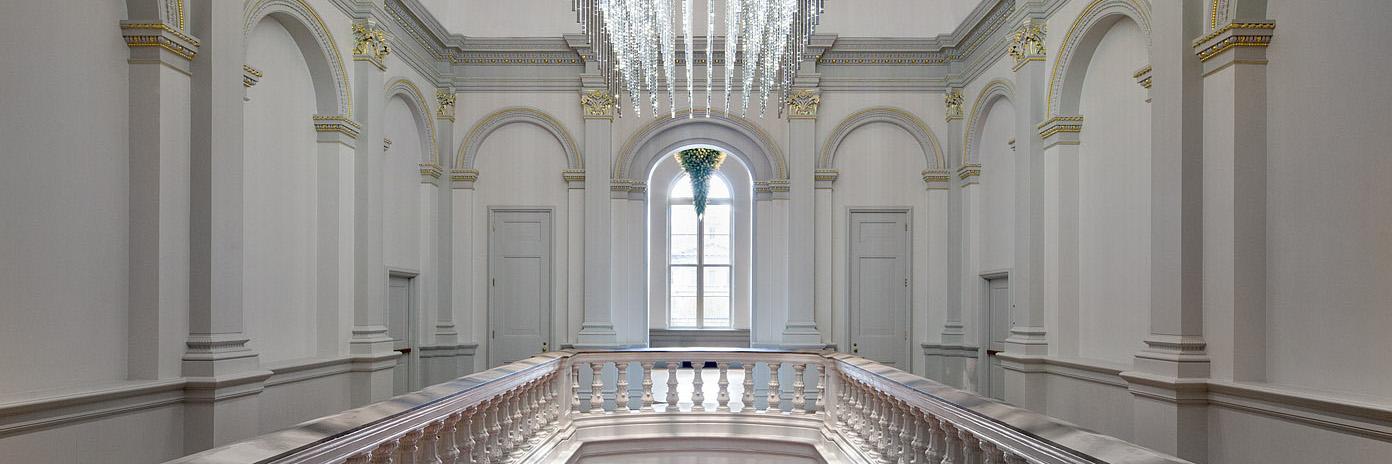
interior of the top floor of the Renwick, photo by Ron Blunt, found on SAAM website
The history of the Renwick is so extensive, I can’t discuss the entire timeline here. If you’re interested in learning more about the museum’s history, click here to visit the SAAM website.
No Spectators: The Art of Burning Man
What is Burning Man?
Once a year, thousands of people flock to Black Rock Desert in Nevada to construct Black Rock City, a temporary metropolis where Burning Man comes to life! Burning Man is centered around self-expression, art, community, freedom, and all around positivity
The Burning Man Mission is to “produce positive spiritual change in the world…it is equally important that we communicate with one another, with the citizens of Black Rock City and with the community of Burning Man wherever it may arise.”
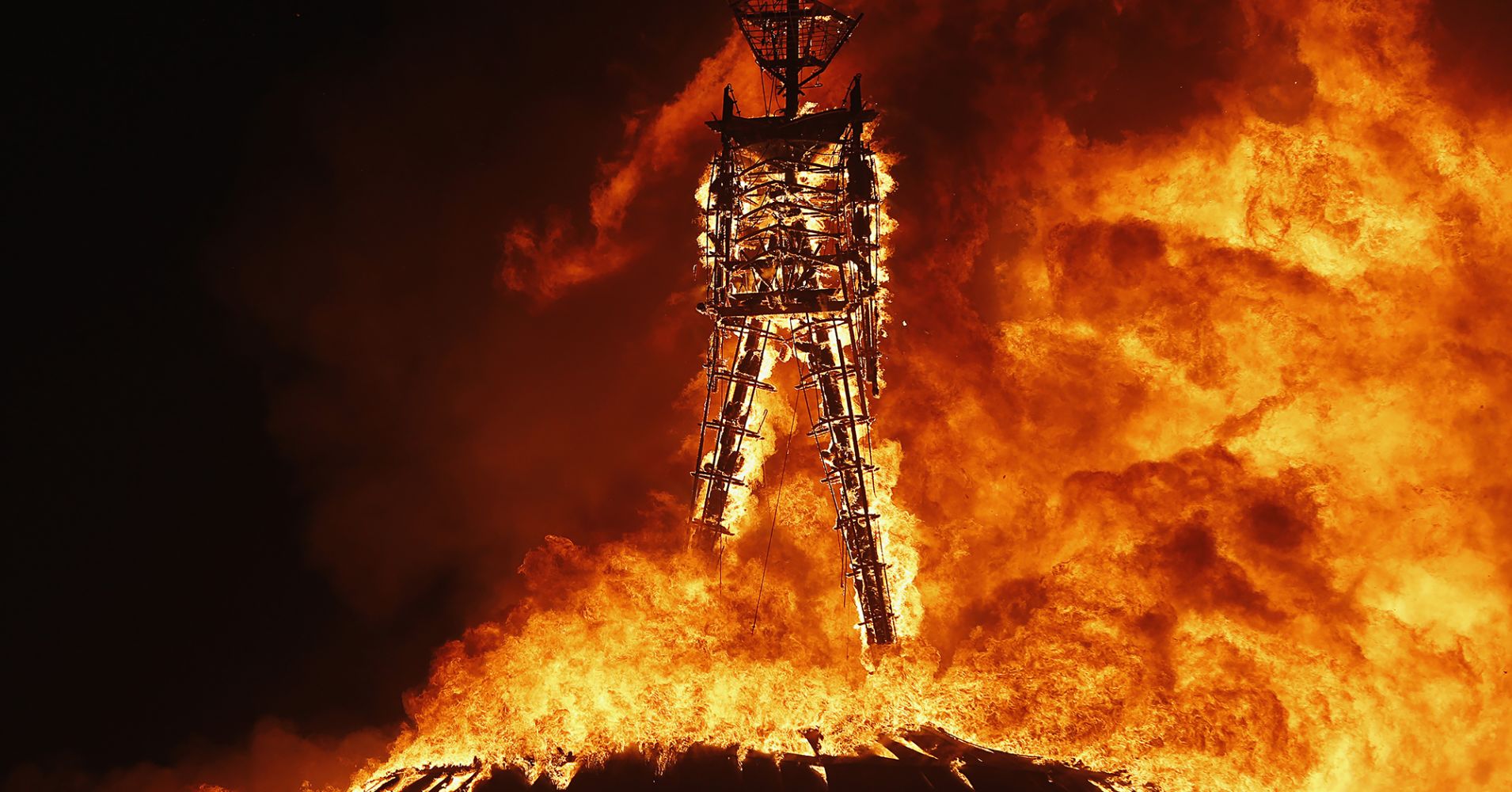
The Man will always Burn, photo courtesy of Google Images
Burning Man is a place where innovative minds can come together to celebrate their love for creativity.
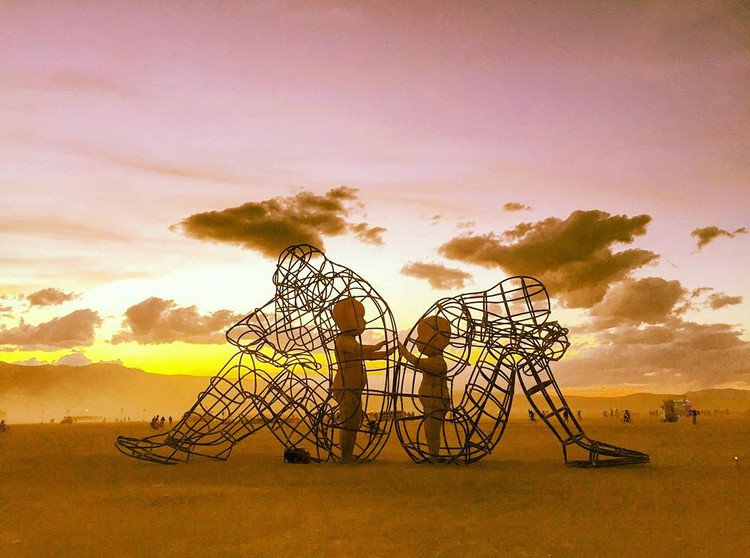
“Love” by Alexandr Milov from Odessa, Ukraine, Burning Man 2015, photo courtesy of Collective Evolution
No Spectators:
Black Rock City is a hub of artistic genius motivated by The Ten Principles: Radical Inclusion, Gifting, Decommodification, Radical Self-reliance, Radical Self-expression, Civic Responsibility, Leaving No Trace, Participation, Communal Effort, and Immediacy. This artistic brilliance is being recognized by the Renwick and now everyone can enjoy the mesmerizing creations artists bring to Burning Man.
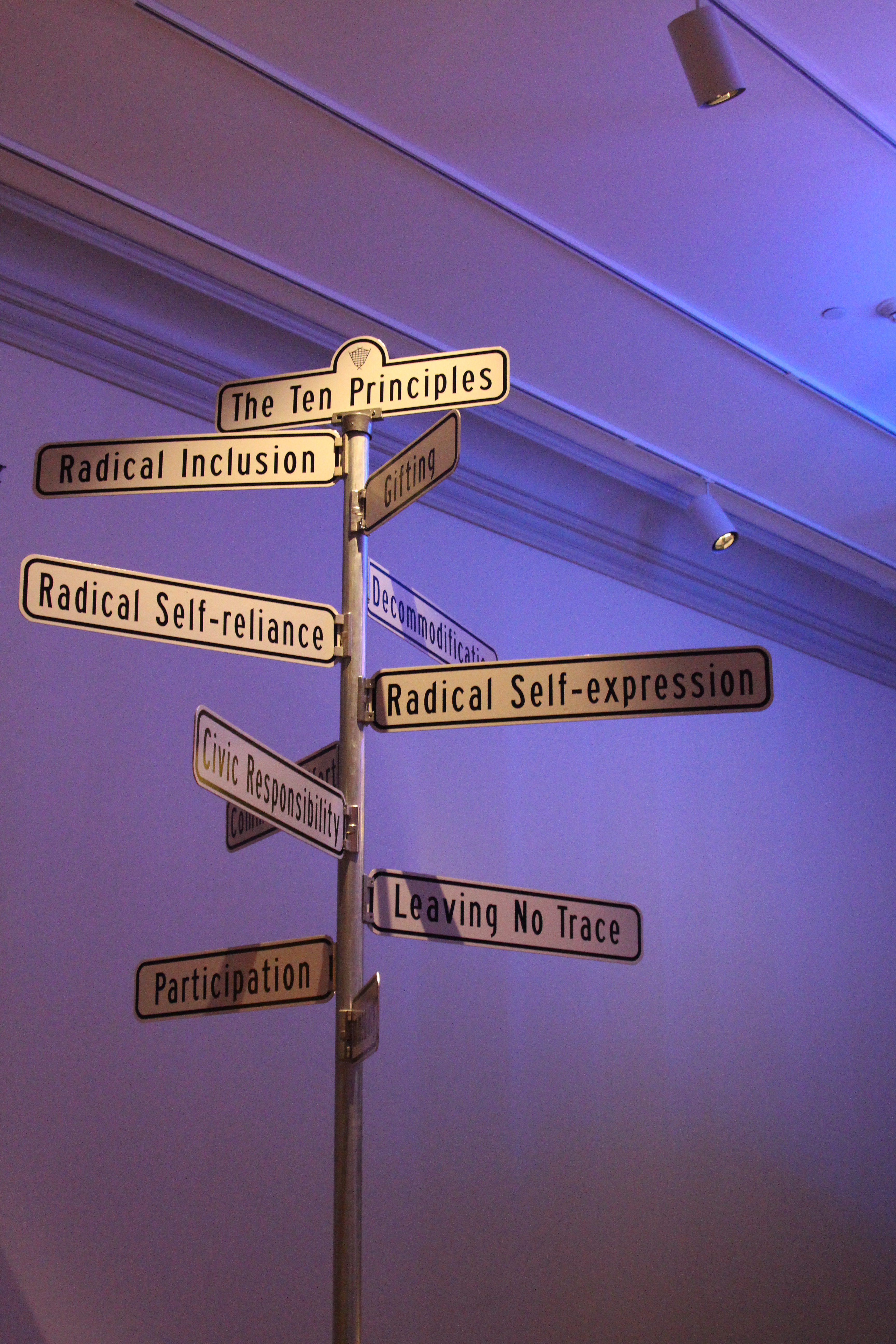
The Ten Principles, on view at the Renwick Gallery, photo by Taylor Chauncey, PG Gallery Assistant
The exhibition No Spectators: The Art of Burning Man was made possible by Nora Atkinson, the Lloyd Herman Curator of Craft at the Renwick.
“No Spectators’ is a long-standing saying on Playa. You are encouraged to fully participate. It’s all about being there, being fully present, and not just observing. Two of the ten principles of Burning Man are radical participation and radical inclusivity, meaning that there are no outsiders. Everyone is part of the experience.” – Nora Atkinson
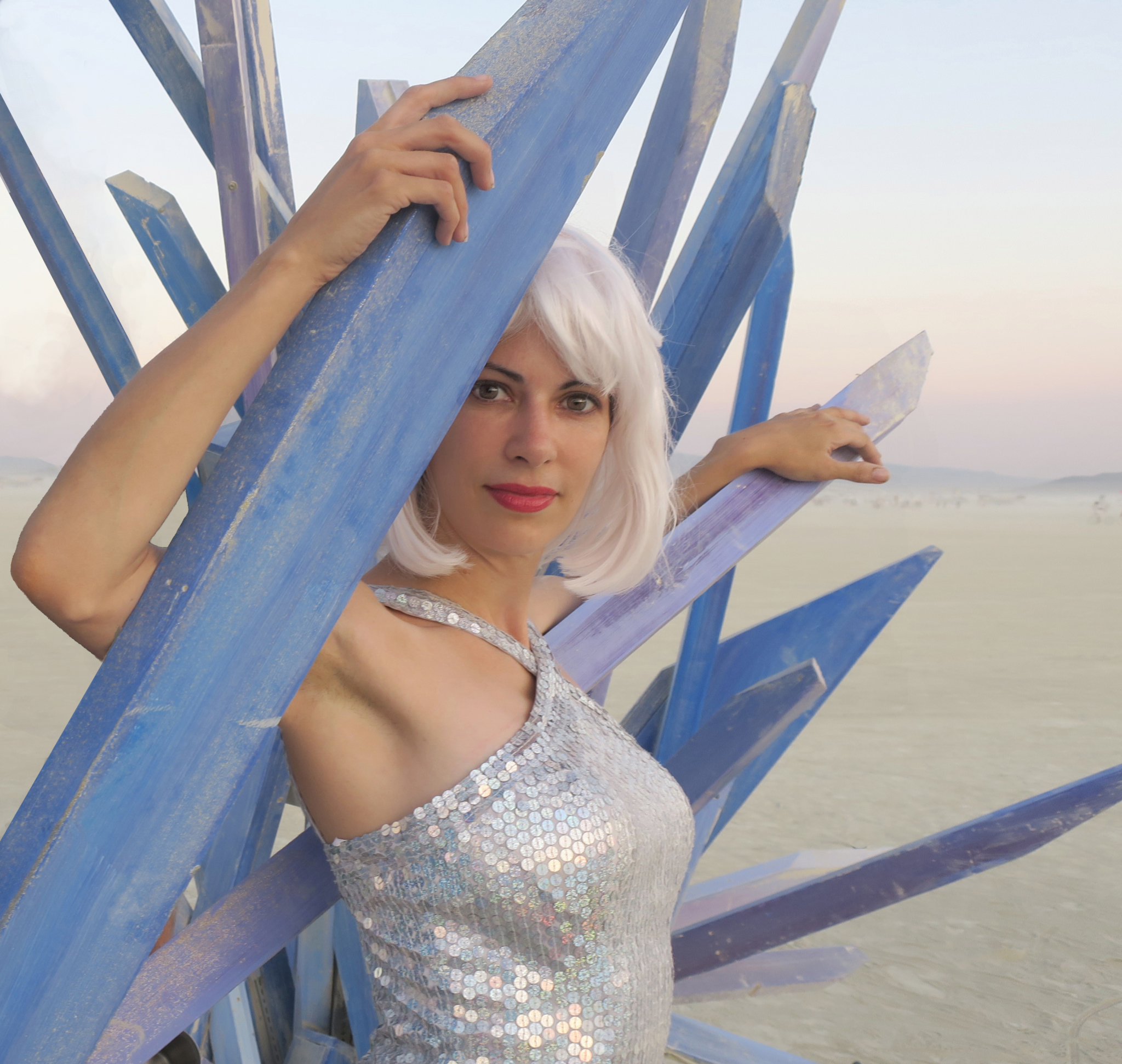
Nora Atkinson, photo courtesy of the Burning Man Journal
No Spectators features works, sculptures, costumes, and installations from 20 different artistic innovators; Gelareh Alam, Duane Flatmo, Marco Cochrane, FoldHaus Art Collective, Michael Garlington & Natalia Bertotti, HYBYCOZO (Yelena Filipchuk & Serge Beaulieu), David Best (creator of Temple used in the very first image of this post), Richard Wilks, Aaron Taylor Kuffner and many many more!
All of the works featured in this exhibition are in some way interactive to encapsulate the “No Spectators” mantra.
Below is a brief look inside The Art of Burning Man:

designs created by Gelareh Alam, photo by Taylor Chauncey, PG Gallery Assistant
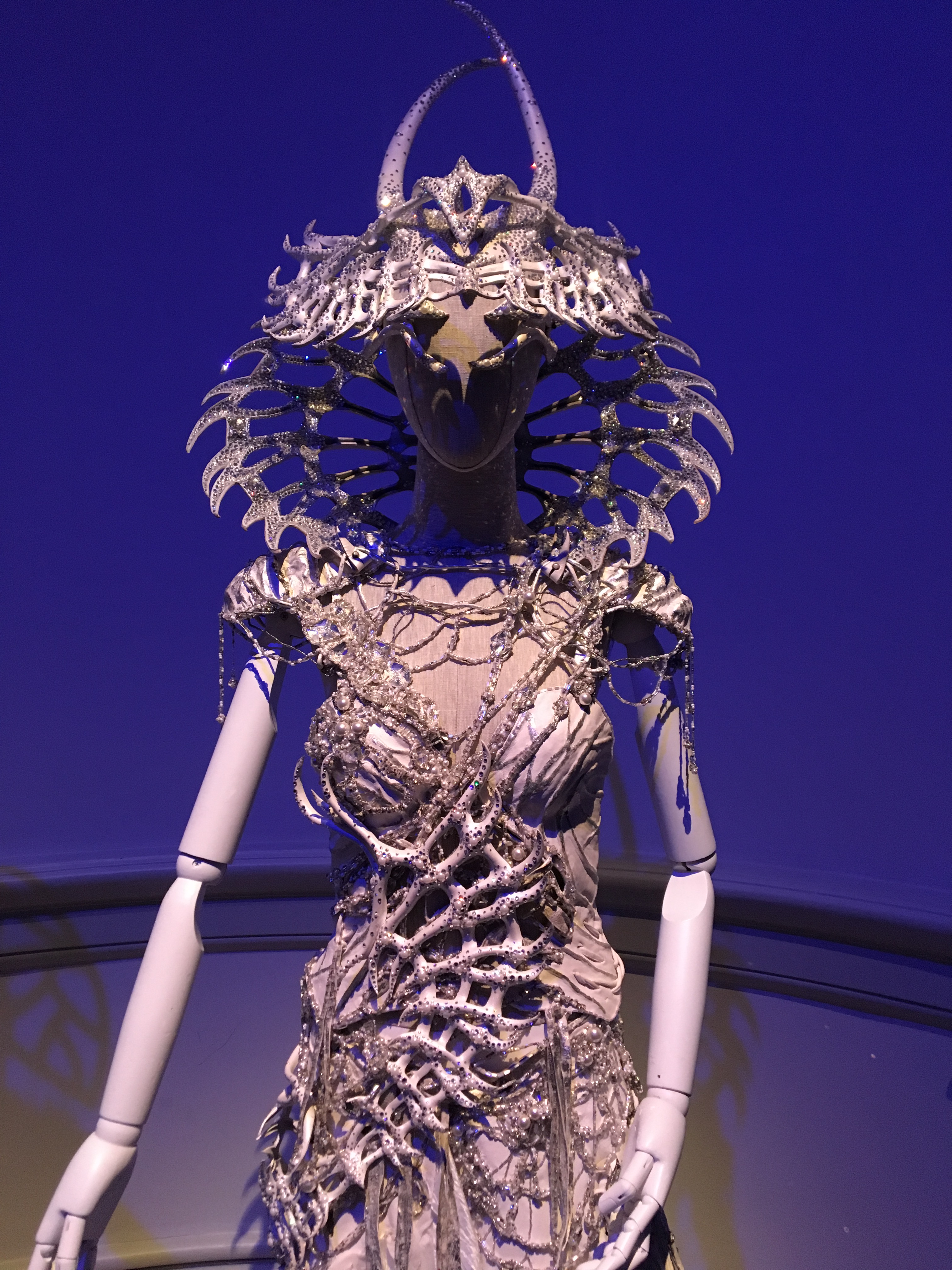
design created by Gelareh Alam, photo by Taylor Chauncey
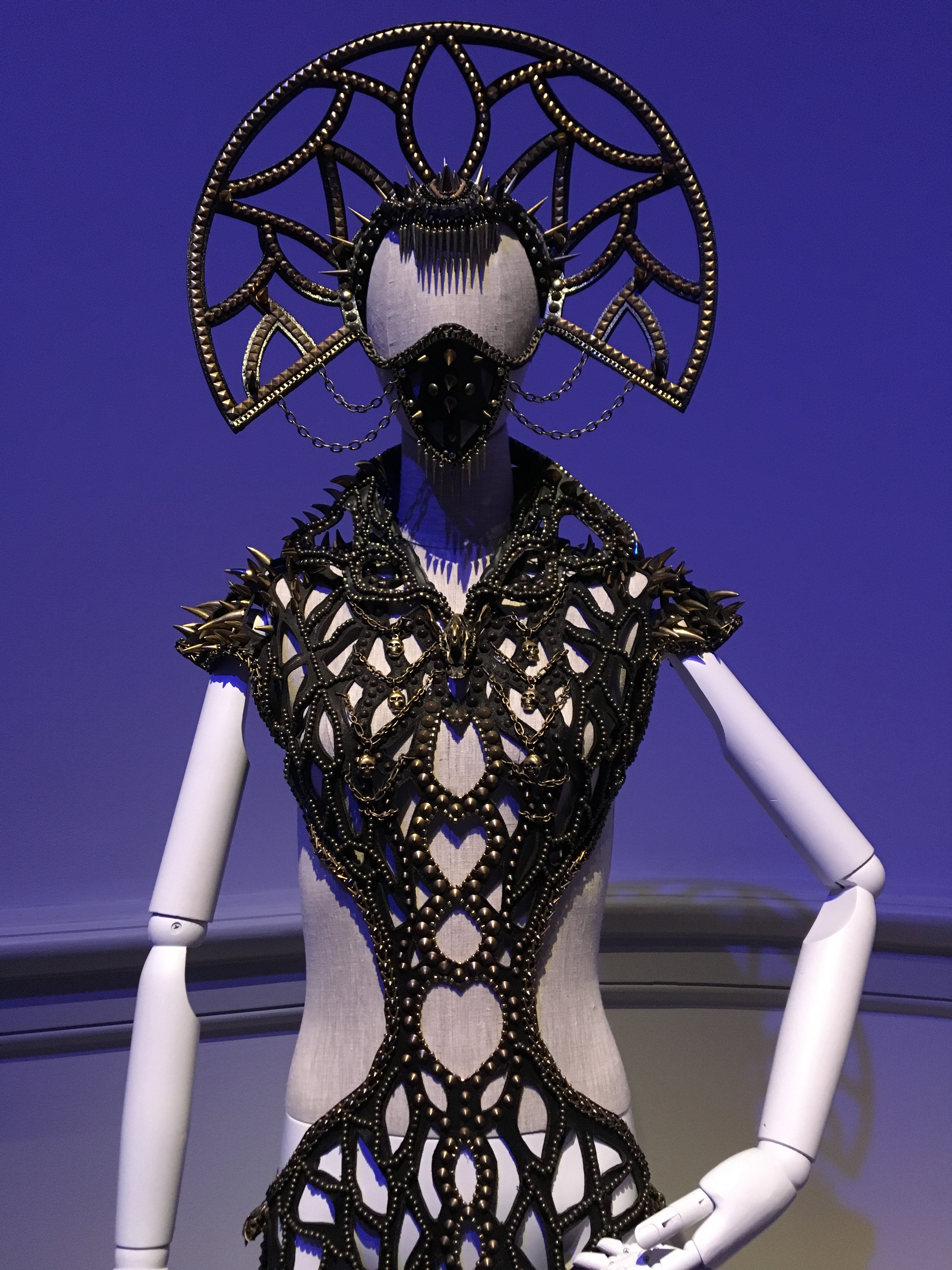
design created by Gelareh Alam, photo by Taylor Chauncey
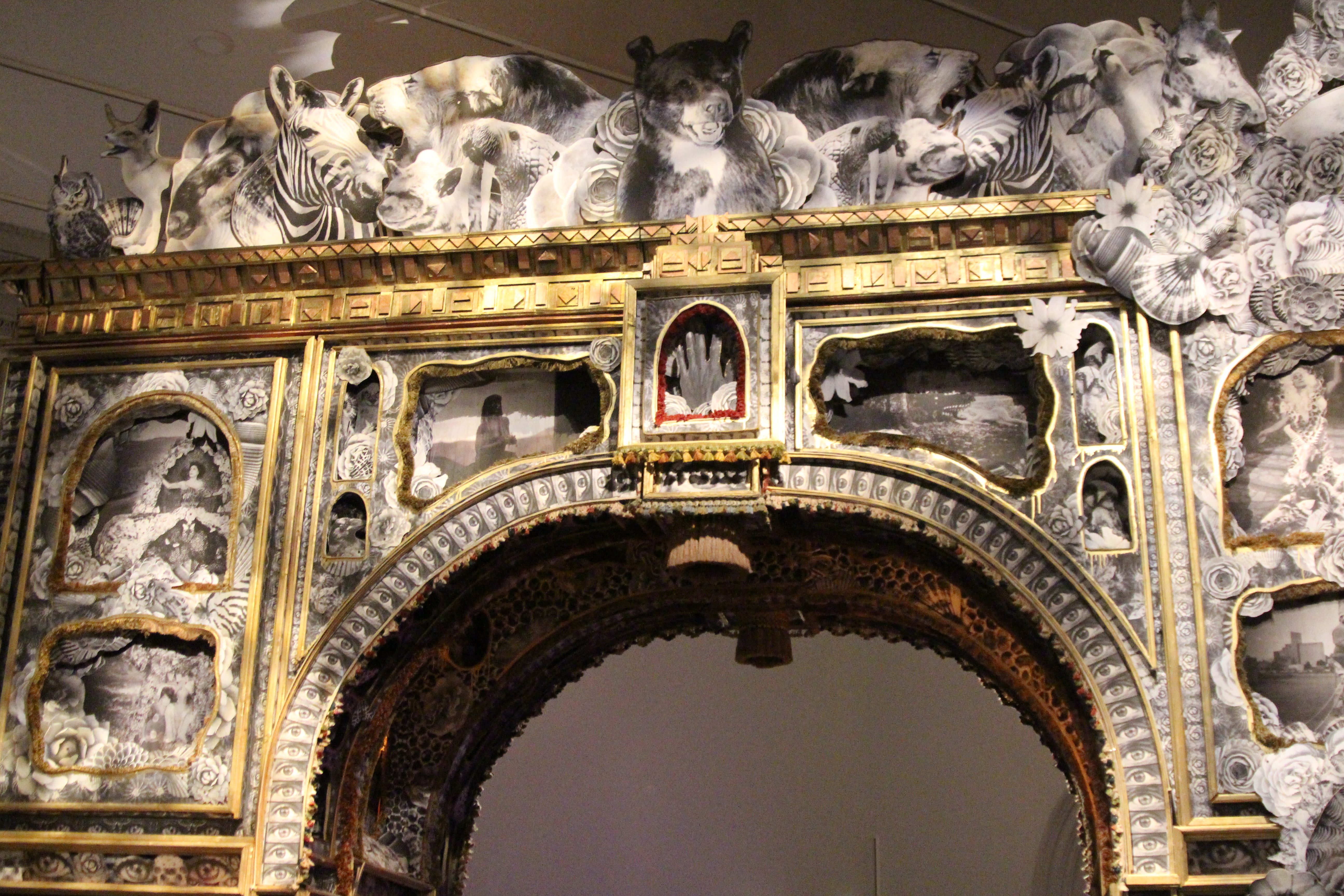
Paper Arch by Michael Garlington & Natalia Bertotti, photo by Taylor Chauncey
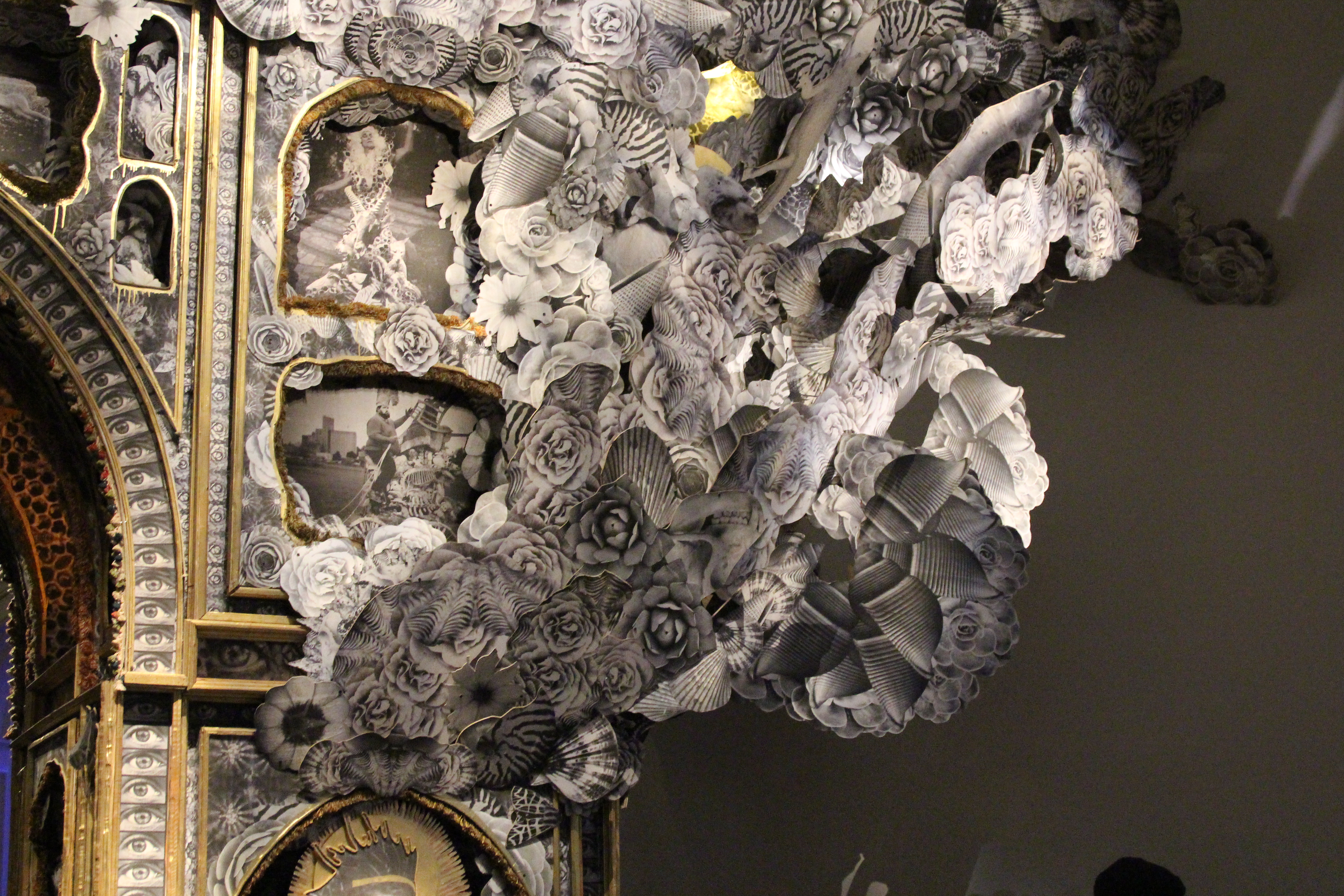
detail of Paper Arch by Michael Garlington & Natalia Bertotti, photo by Taylor Chauncey
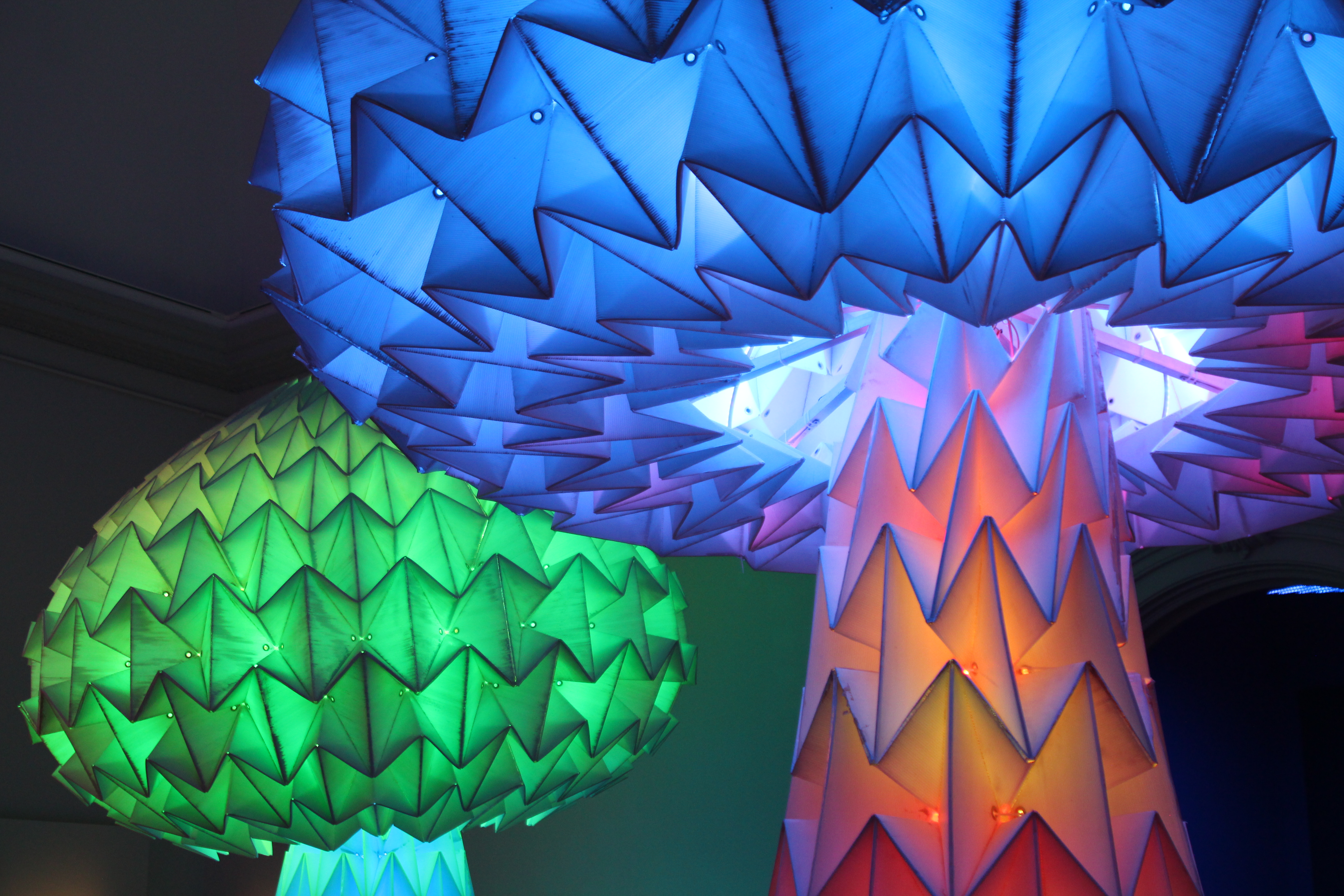
Shrumen Lumen by FoldHaus Art Collective, photo by Taylor Chauncey
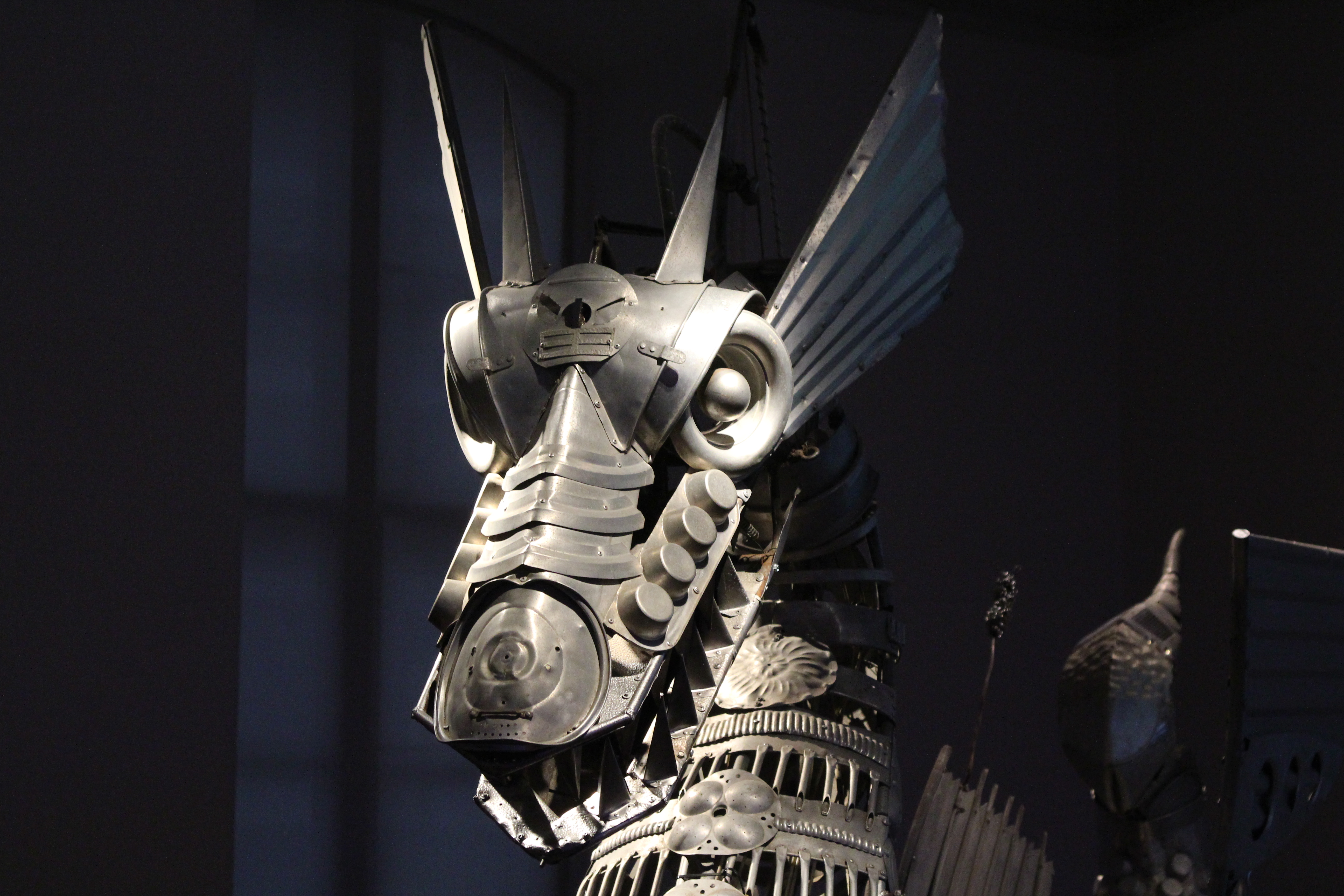
Tin Pan Dragon, a 23-foot animated sculpture made of steel & recycled aluminum by Duane Flatmo, photo by Taylor Chauncey
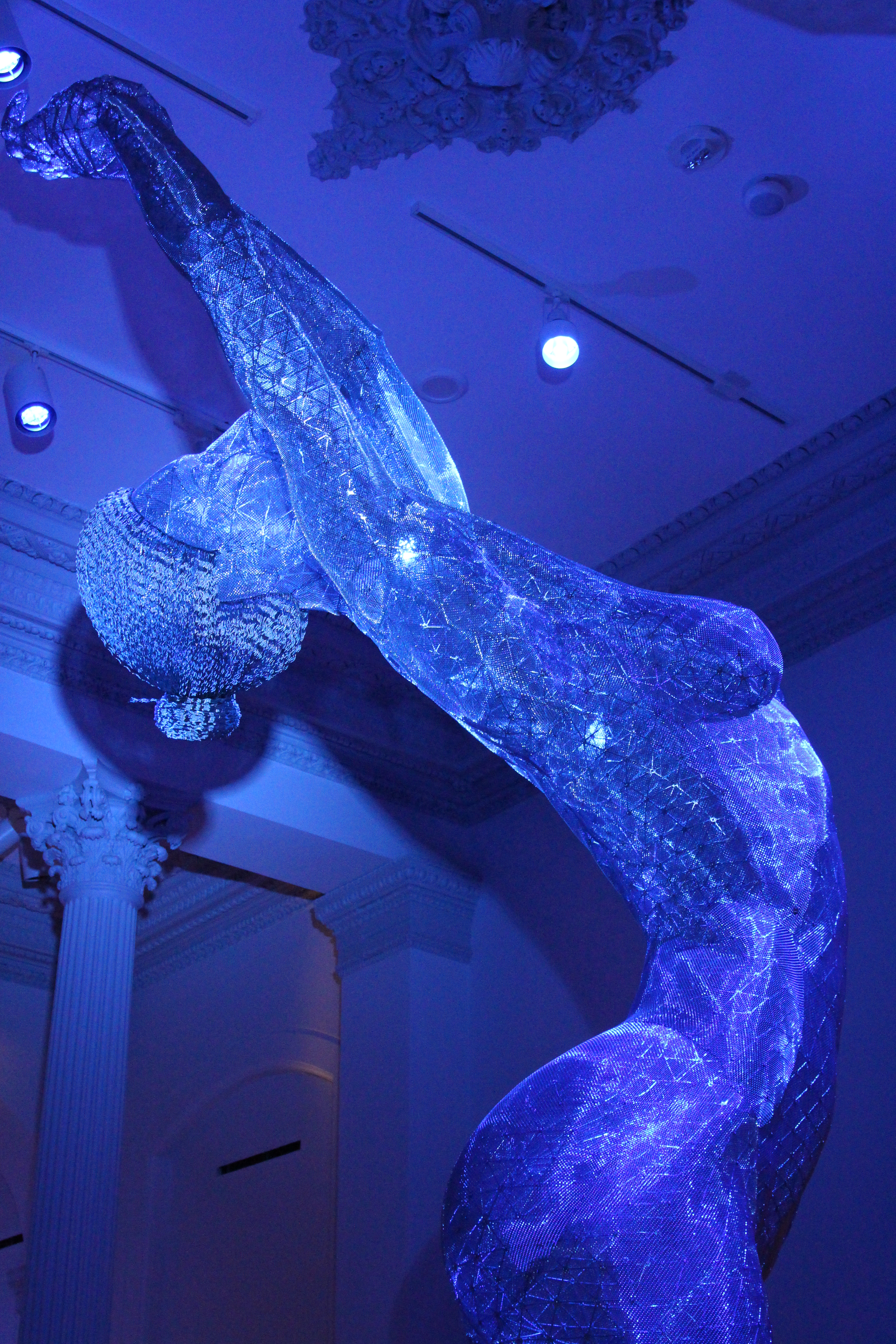
Truth is Beauty by Marco Cochrane, photo by Taylor Chauncey
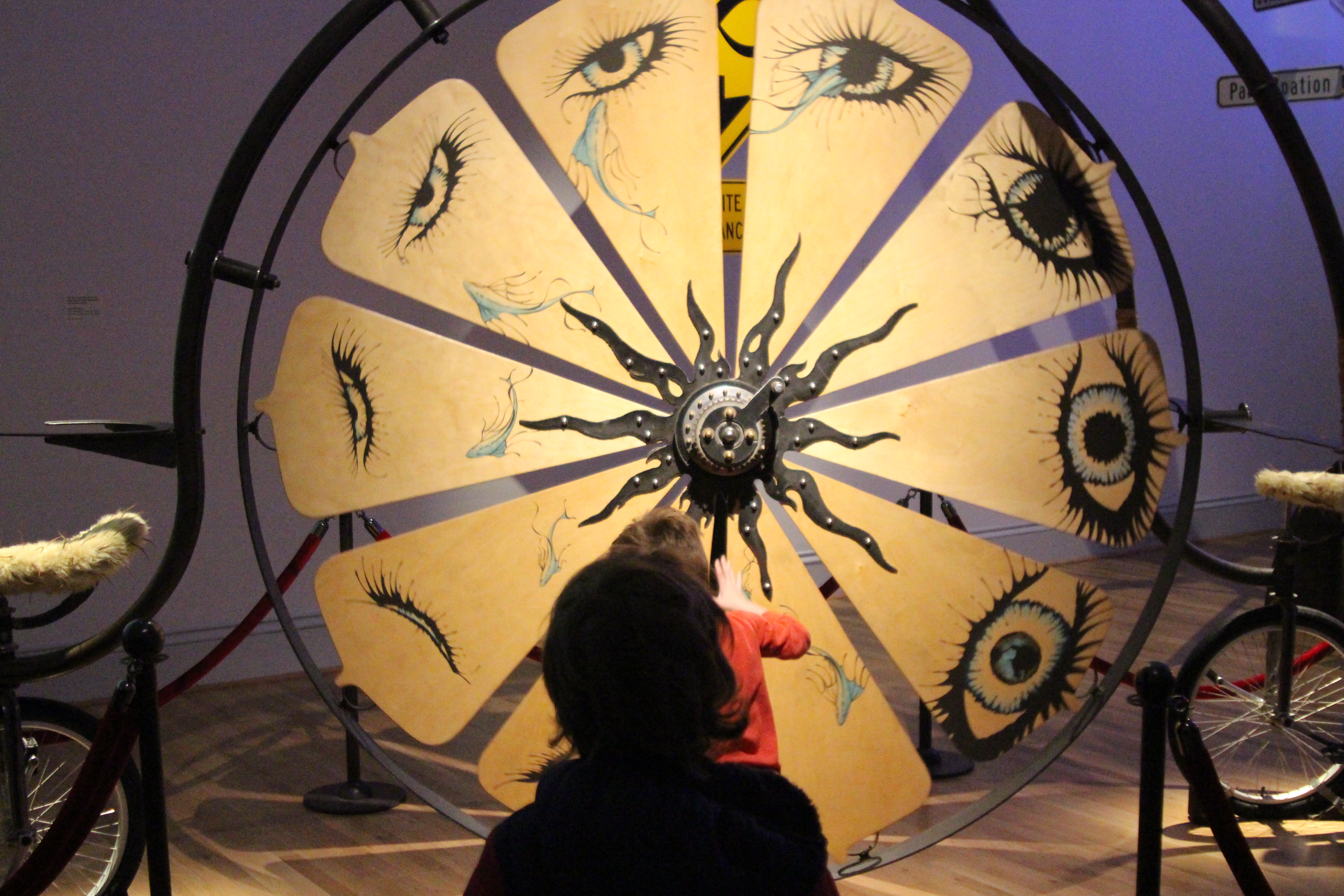
Evotrope by Richard Wilks, photo by Taylor Chauncey
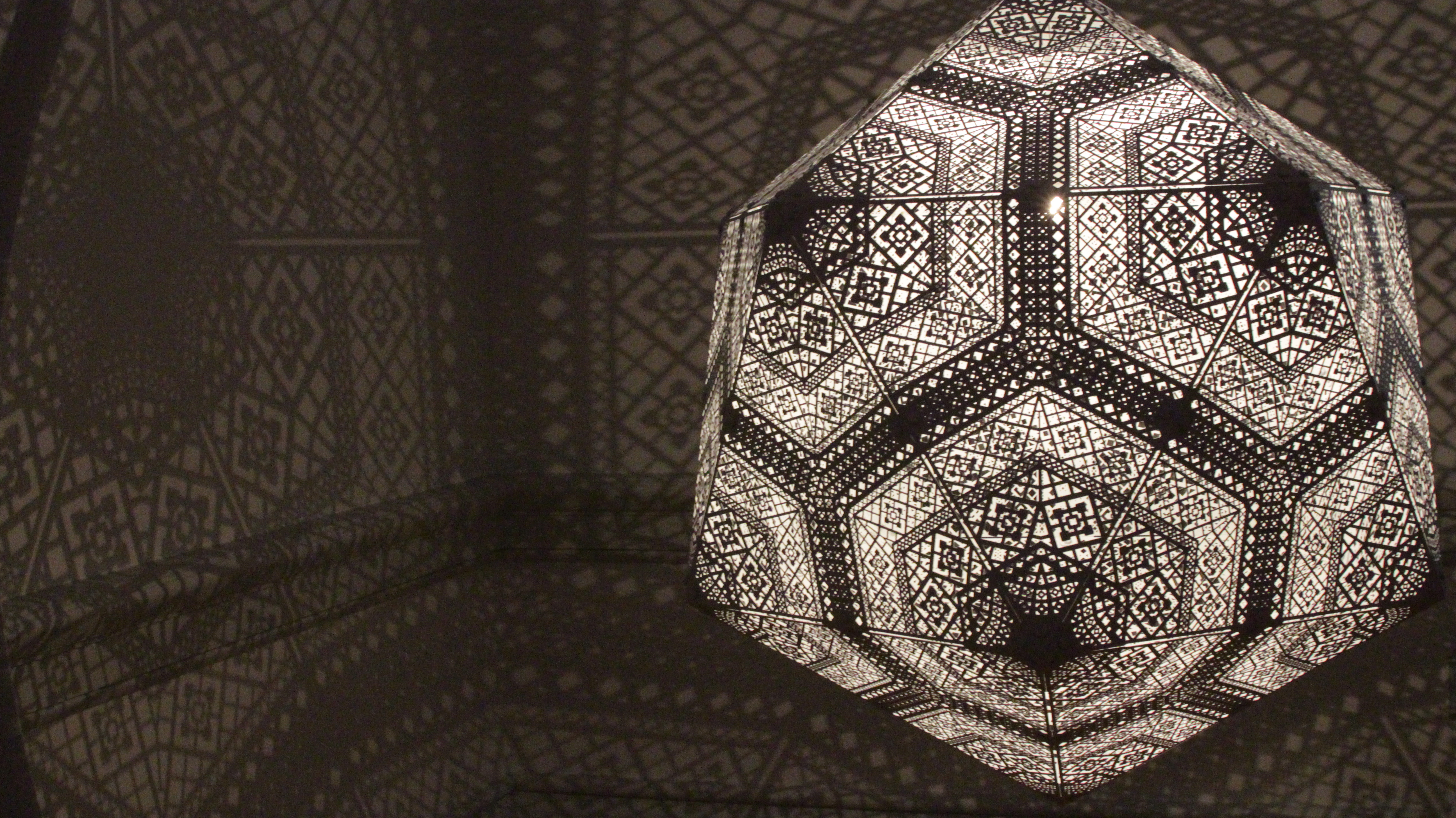
HYBYCOZO (Yelena Filipchuk & Serge Beaulieu), photo by Taylor Chauncey
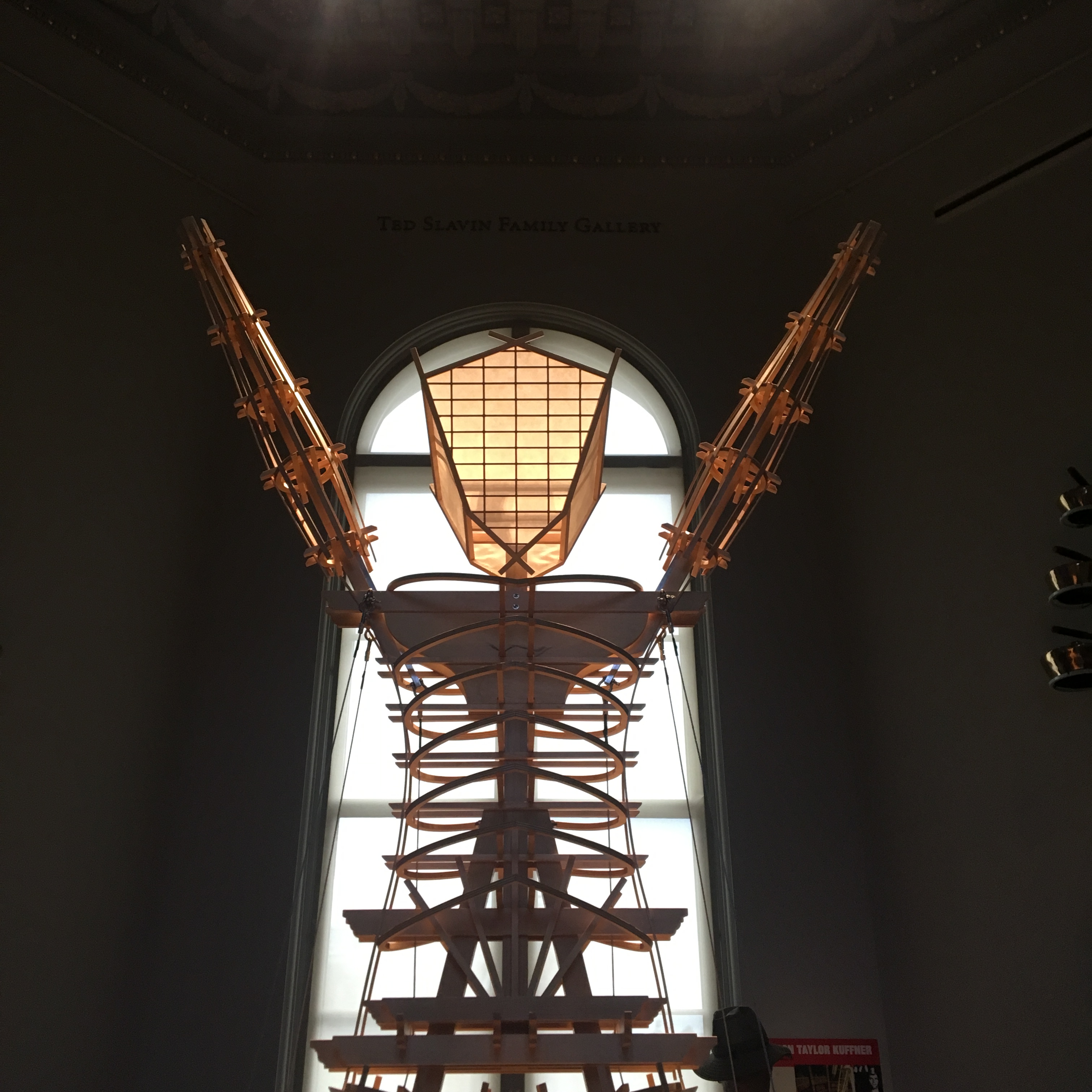
Gameltron by Aaron Taylor Kuffner, photo by Taylor Chauncey
I hope you enjoyed this little brief look into the Renwick and No Spectators: The Art of Burning Man! There is so much more to see so go check it out!
Note: the exhibition will close in two phases, please visit the Renwick Gallery/SAAM website by clicking here for more information.
Of course, come visit Principle Gallery as well since there’s no such thing as too much art! Here is our schedule of Upcoming Events!
